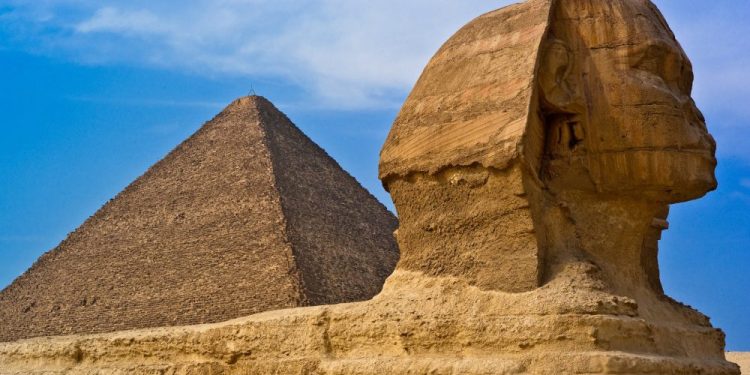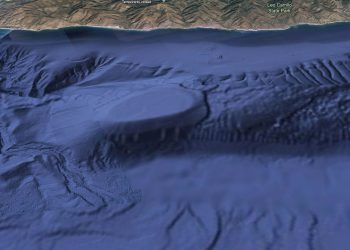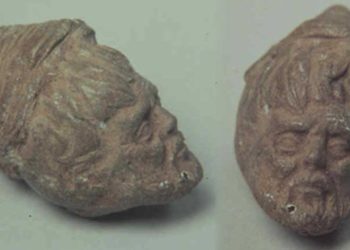Although historians have been in constant occupation with determining the age of the Great Sphinx of Egypt, the plausible theories revolve from around 2500 B.C. through 4500 B.C. to ages long before humans inhabited the region or the Earth in general.
Take a closer look at the theories and discoveries that we have summarized and tell us your general opinion on the following question. Is the Sphinx an ancient Egyptian creation or was it erected thousands of years before this civilization came to be?
Why is it Impossible to Date the Sphinx?
There is one great mystery and major issue for historians that prevents them from reaching to any highly plausible conclusion. The weathering patterns visible on the Sphinx are different from the patterns on any other Egyptian monument including the nearby Pyramids of Giza.
While most Egyptian monuments have survived through sand and wind abrasion, the main patterns on the Sphinx appear to be made by water erosion. What does this mean exactly?
Generally, it suggests that the Sphinx should be significantly older than any other ancient Egyptian monument or structure. Moreover, it leads to a far more ancient period of 7000 – 10000 B.C. and we all know that the Egyptian civilization is significantly younger than that.
One of the oldest theories about the date of the erection of the Sphinx even went further back in time. The famous theosophist Yelena Blavatskaya mentioned a shocking number in one of her early works from 1937. Her suggestion was that the Sphinx could be over 750 000 years old in order to have such progressive weathering patterns.
While this goes way beyond the capabilities of archaeology as we know it today, it will remain a theory until a shred of more decisive evidence gets found or they somehow solve the riddle.
One thing is for certain – how is the Sphinx the only monument with clear signs of water erosion when the entire Giza plateau is overfilled with monuments and ancient structures from the same period of time? I may not have the knowledge or experience of an archaeologist but these are clear signs that the Sphinx should have already been there when the Egyptians arrived in the region.
What do Historians Believe As of Today?
As you can probably tell, there are far too many sides and too many theories supported by various groups.
While many genuinely believe that the Sphinx is indeed the oldest monument in modern-day Egypt and that it dates long before the Pyramids of Giza or any other Egyptian monument for this fact, historians have accepted the popular version that it was erected for pharaoh Kharfe.
Now, here is when another debate steps in. Which pharaoh erected the Sphinx if we accept that it is an Egyptian creation. While historians generally believe that the Sphinx supposedly has the face of the pharaoh, how could they know when half of the face of the statue is missing?
Famous theories from the 20th-century suggested that it could have been made by Kharfe’s father and predecessor – pharaoh Khufu. The main evidence behind this theory was the beard of the Sphinx (now detached and partly on display in the British Museum) which suggests that the building style of the statue is more indicative of pharaoh Khufu.
The most recent theory was suggested by the renowned Egyptologist Vassil Dobrev in 2004. According to the evidence he claimed to have found, the Sphinx was erected by the lesser-known brother of Kharfa – Djedefre.
Based on his theory, pharaoh Djedefre dedicated the Sphinx to his father Khufu in hopes that the mighty god Ra would restore the greatness of their dynasty.
In the end, the dating of the Great Sphinx is one of the greatest unsolved mysteries of Ancient Egypt and by the looks of it, it will remain unsolved in the following decades.











